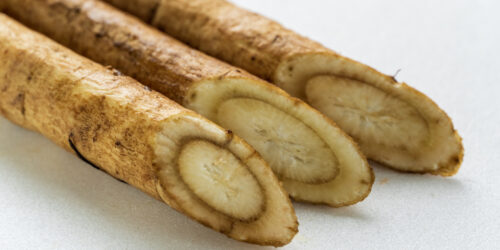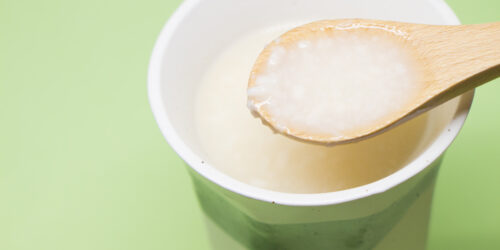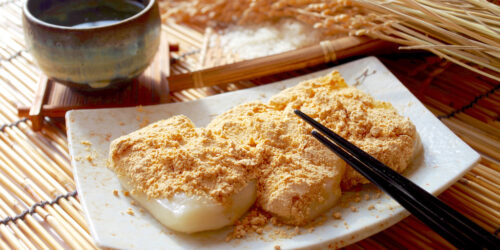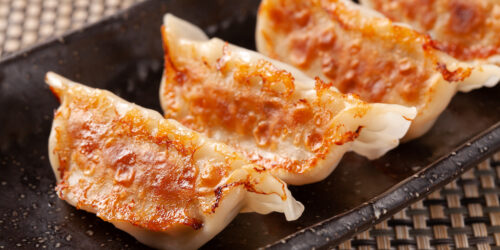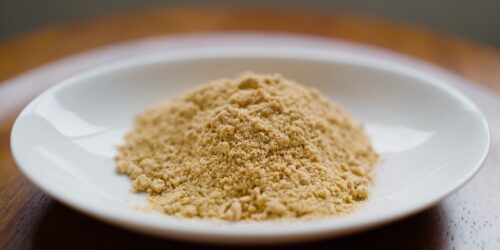What’s the Difference Between Cooking Sake and Regular Sake?
Cooking sake and regular sake (nihon-shu) are very alike. But you might be wondering What exactly the difference between the two, and Is it possible to substitute?
Here, I want to give you answers for those questions!
What’s the Difference Between Cooking Sake and Regular Sake?
The Biggest Difference is…
Cooking sake is not drinkable, on the other hand, you can drink regular sake of course. The reason why it’s not drinkable is that cooking sake usually contains salt and other additional ingredients.
Salt and other seasonings such as vinegar and sweeteners make dishes even more delicious, in other words, they can create great umami and koku (delicious flavor and richness) in dishes.

Difference in Raw Material
General cooking sake is brewed by less polishing rice rather than regular sake. Also, alcohol content in cooking sake is not so high compared to regular sake.
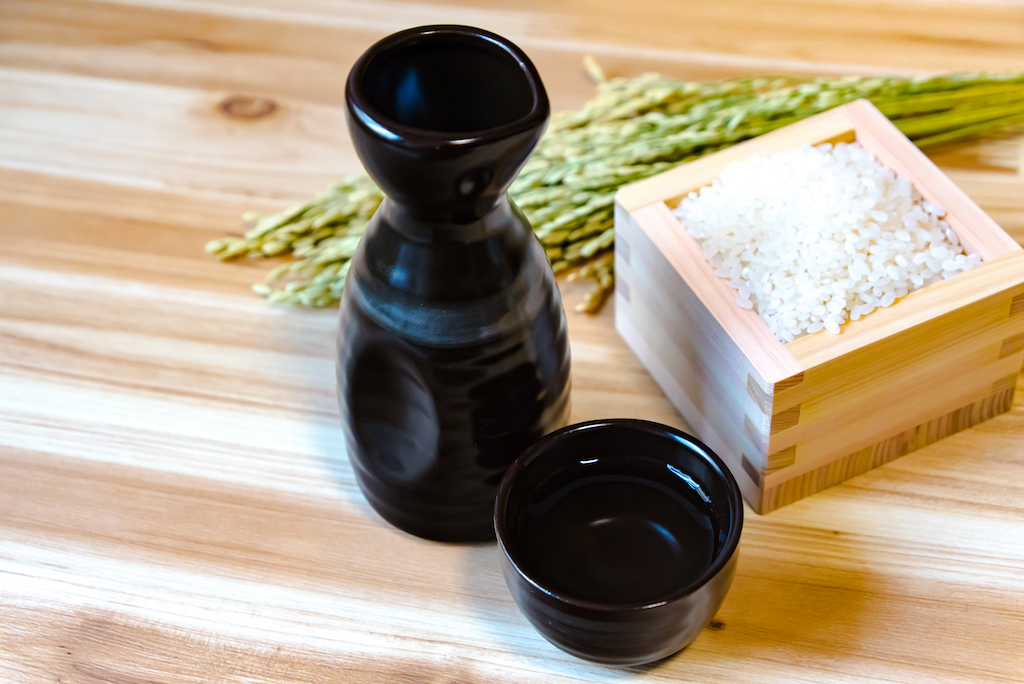
Difference in Taste
You would notice that the taste of cooking sake is salty and sweet. You won’t feel the flavor of rice like regular sake.
Liquor Tax Law
Under the liquor tax law in Japan, cooking sake is basically not considered as liquor since it’s a salty undrinkable sake. So, people can sell cooking sake even at shops that do not have a liquor sales license.
Interested in learning more about Cooking Sake?
What Exactly Is Cooking Sake and Purpose of Cooking Sake
Is There Any Difference in Umami and Richness?
Some people say cooking sake containing various seasonings is better in terms of umami (delicious taste) and richness. Others say regular sake containing higher quality rice as a raw material can bring more delicious taste and richness to dishes rather than cooking sake.
I would say, both of them could make dishes even more delicious by adding umami and koku (richness). Also, the level of the effect depends on the manufactures and brands of the product. So, checking both of the taste and feel the difference between the two is highly recommended if you have a chance!
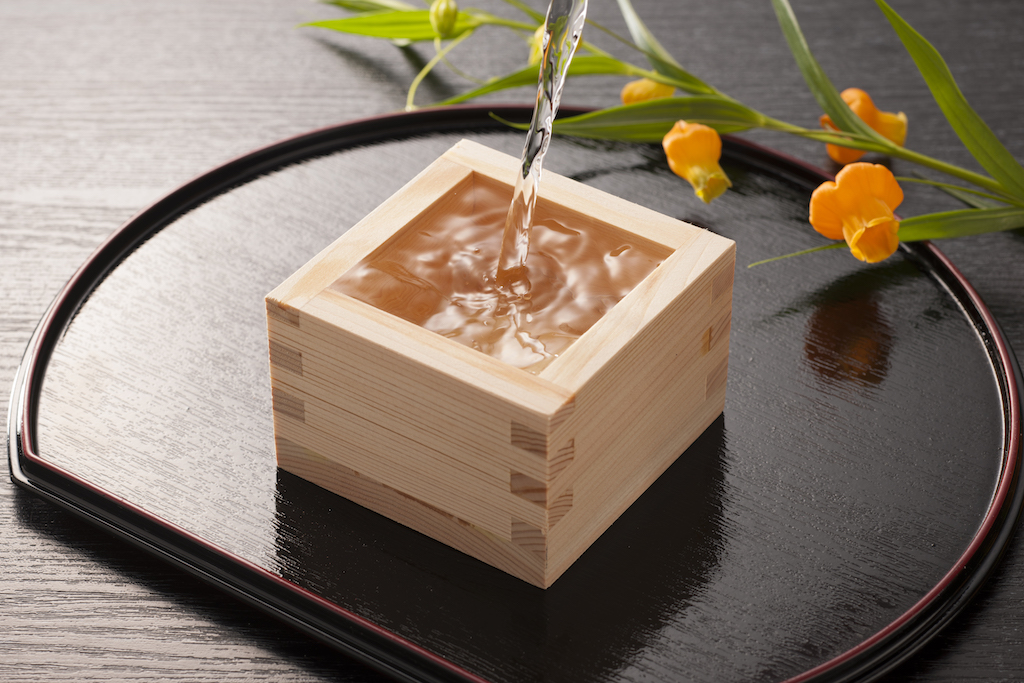
Notes on Using Cooking Sake
A general cooking sake contains a fairly solid saltiness, so you should pay attention to the amount of cooking sake when cooking, otherwise the taste will be stronger than expected.
When your cooking sake contains sweetener you should adjust the amount of sugar and mirin as well.
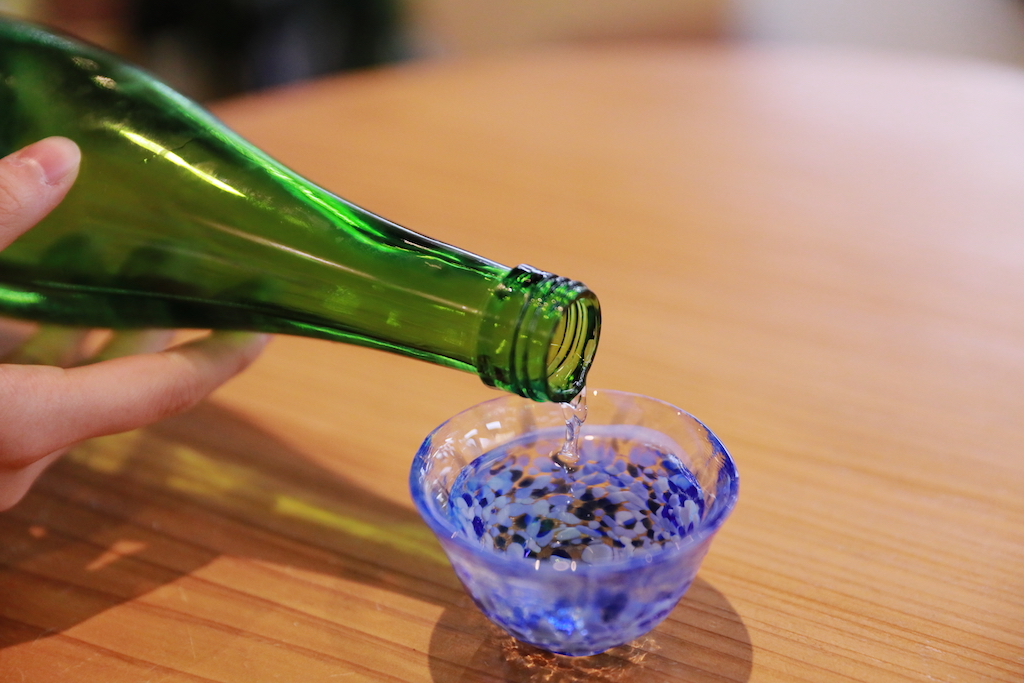
Can You Substitute Each Other?
There is no big difference between the two other than the fact that cooking sake contains salt and auxiliary ingredients. So, you can definitely use regular sake to replace cooking sake.
However, you shouldn’t drink cooking sake instead of regular sake. Don’t do that!! because it’s too salty.
Click here to see other substitutes for cooking sake
The 6 Best Cooking Sake Substitutes


